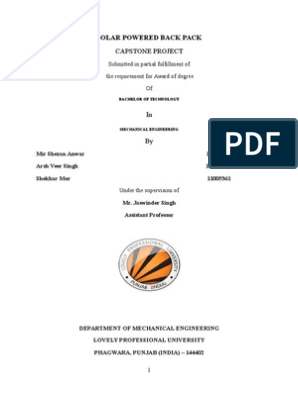0% found this document useful (0 votes)
41 views15 pagesCore Curriculum Module 102 - Introduction To Math
The document is a curriculum module for Introduction to Construction Math, covering essential mathematical concepts such as place values, addition, subtraction, multiplication, division, fractions, decimals, units of measure, and geometry. It includes examples and exercises to help learners apply these concepts in construction-related scenarios. The module is structured into sections that progressively build mathematical skills relevant to the construction industry.
Uploaded by
Hassan ElmasriCopyright
© © All Rights Reserved
We take content rights seriously. If you suspect this is your content, claim it here.
Available Formats
Download as PDF, TXT or read online on Scribd
0% found this document useful (0 votes)
41 views15 pagesCore Curriculum Module 102 - Introduction To Math
The document is a curriculum module for Introduction to Construction Math, covering essential mathematical concepts such as place values, addition, subtraction, multiplication, division, fractions, decimals, units of measure, and geometry. It includes examples and exercises to help learners apply these concepts in construction-related scenarios. The module is structured into sections that progressively build mathematical skills relevant to the construction industry.
Uploaded by
Hassan ElmasriCopyright
© © All Rights Reserved
We take content rights seriously. If you suspect this is your content, claim it here.
Available Formats
Download as PDF, TXT or read online on Scribd
/ 15






































































































